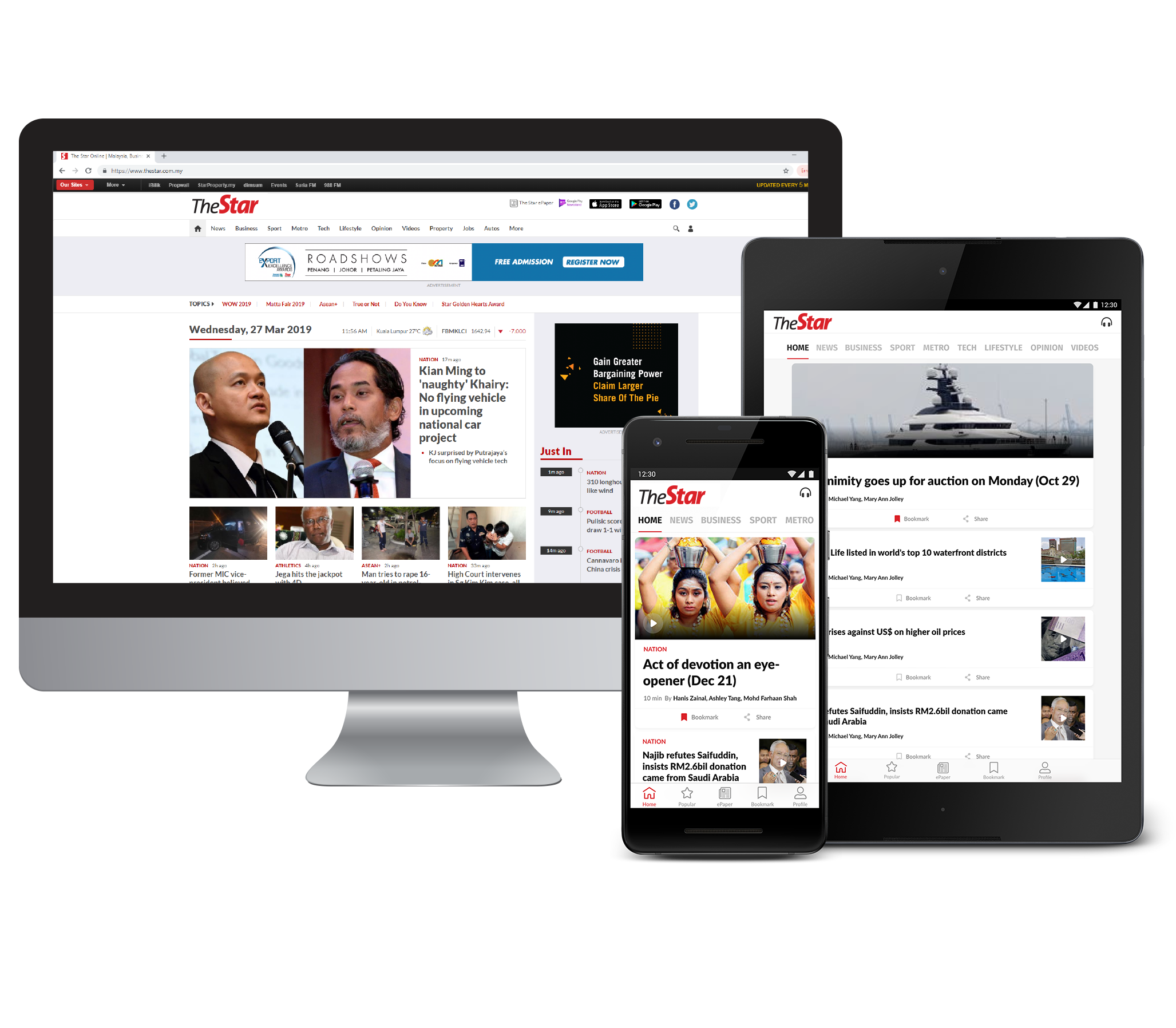Data shows that the often overlooked and forgotten, but indispensable, hospital cleaners, are also predominantly women. — WAO
AS the announcement of Budget 2025 looms, it is important to reflect on the hits and misses of Budget 2024 – in particular, efforts to bolster our healthcare ecosystem.
With increasing concerns abound on our strained and overburdened public healthcare system, weakened by chronic under-investment, there are polarising views of how best to address the gaps in our healthcare infrastructure. In this, the wellbeing of our healthcare workers must not be forgotten. Thus, it becomes pertinent to examine the healthcare budget through a gender-responsive lens, particularly to centre the needs of our healthcare workers, who are mostly women.





